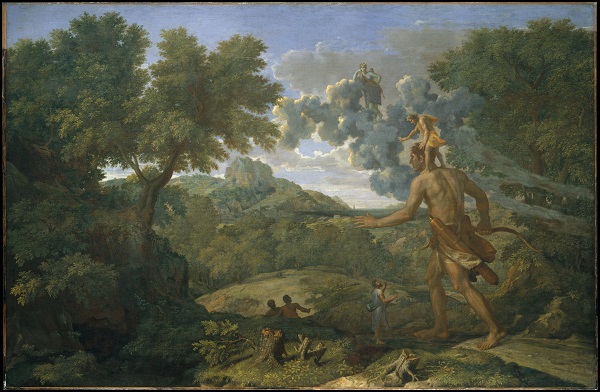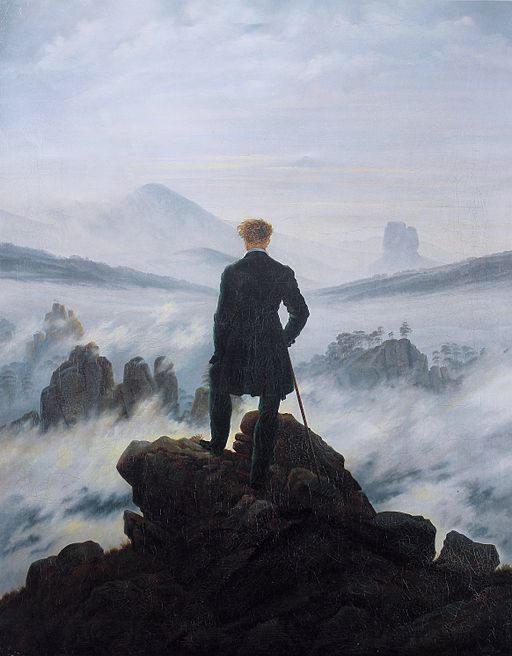Meet the Members Council: Barbara Fischer
When I started working for the German Wikimedia-Chapter 2012, I had years of experience as an art manager working on enhancing access to art and cultural heritage in different educational programmes. As curator for cultural partnerships to the Wikimedia movement in Germany, I welcomed the opportunity to reach out more horizontally. On one side the GLAM institutions looking to reach out into net-audiences and on the other side digital volunteers keen on completing the representation of all knowledge on the internet through Wikipedia and its sister projects. I am grateful to state today: I have learned a lot in those five years.

The Giants’ Shoulders
Together - GLAMs, volunteers and partners such as Deutsche Digitale Bibliothek - we developed different meet-up-points. You probably heard of the hackathon on cultural heritage Coding da Vinci. It invites GLAM institutions to present their digital and free licensed cultural heritage data to volunteer coders to develop apps, websites and other applications and show the creative potential of digital cultural data. And perhaps you already know about the playful workshop “©© change Your mind” calling GLAM staff to make their choice whether to release their data as #open. Maybe you even hosted a Wikipedia-editathon or Wikimedia Commons fototour called GLAM on Tour in Germany. All these events create opportunities to spur the spread of cultural heritage through the technical means of digitization.
We all agree: cultural heritage is not just a beautiful part of human knowledge but its constitutional base - the giant’s shoulders we all stand on. Thus to assure that the flow in between our cultural heritage and what is thought, developed and worked upon today - in short our knowledge production - is the duty of everyone of us. Free knowledge becomes a way to secure that flow.
Climbing the Shoulders
Shaping access to our cultural heritage is more than presenting it on digital platforms for people to look at it. Do not get me wrong. I do love the ease we take for granted today. All these images I find in the internet in a second. All the books and articles I can read as soon as I locate them. It is great that more and more GLAM institutions have the means to display their treasures on their websites. We are all happy for the existence of Europeana as the big show case to European cultural heritage. Yet we know it is not enough.
And shaping access to knowledge is more than presenting it as encyclopedic lemmata for people to read about it. Sure, Wikipedia is amazing. Hard to find a subject that has not been covered by a Wikipedia article yet. Not in one language but in more than 290. Across the world thousands of volunteers spend their leisure time to write about Aztecs or Zeppelin. Wikimedia embraces and supports all activities that bring GLAM content and knowledge into its projects. Wikidata, as machine readable data source, could gain a role as linking identifier. Yet we know it is not enough.

Looking Out
We need to do more and we need to do it together. Relating to cultural heritage we only can achieve free knowledge by two things. The first has been debated for long: free licenses that can be identified as such by machines or bots and reused for any purpose. The second is located in the technical accessibility. Content needs to be found, identified as reusable and then harvested. Only then it will spread through the diversity of digital reuse. This means more and rougher standardization for files, metadata, APIs and so forth.
Cultural heritage as free knowledge means shaping access as described above, but it is not to stop there. It needs to be accessible so that artists, game designers, scientists and any citizen can freely play and work with its digital derivates. It needs to be free to become the raw material to create the cultural heritage of the future. Digital technologies are favouring mass media use. We talk about hundreds or thousands of media as stock for one application. This counts for digital humanities, for art apps, gaming, digital design and even the neighbour next door creating its own little art gallery. It may sound as an inflationary use of cultural treasures. But, hey it is not the original but its digital copy. This is adding new opportunities to the former more selective use. It opens the giant’s shoulders to more people to stand on them to look further.
Being a member of the Europeana Members Council I like to share my learnings. I like to enhance the community that works to free knowledge. Let us climb the shoulders of the giants together and free the knowledge we care for.
